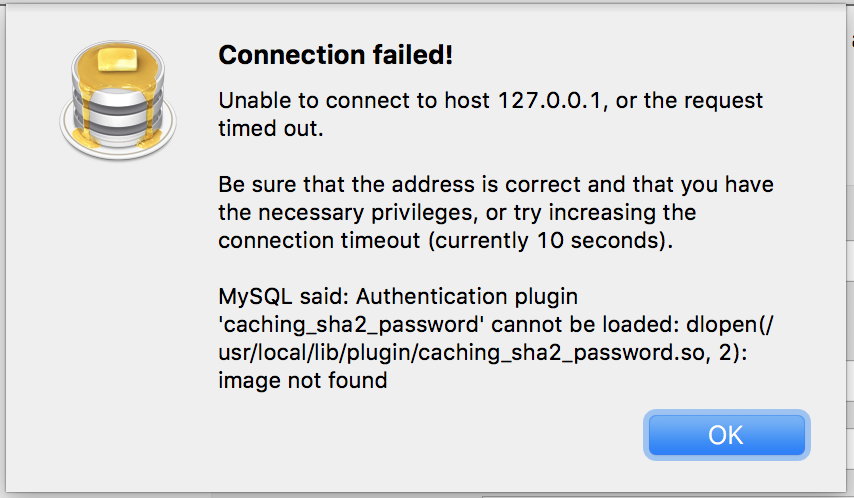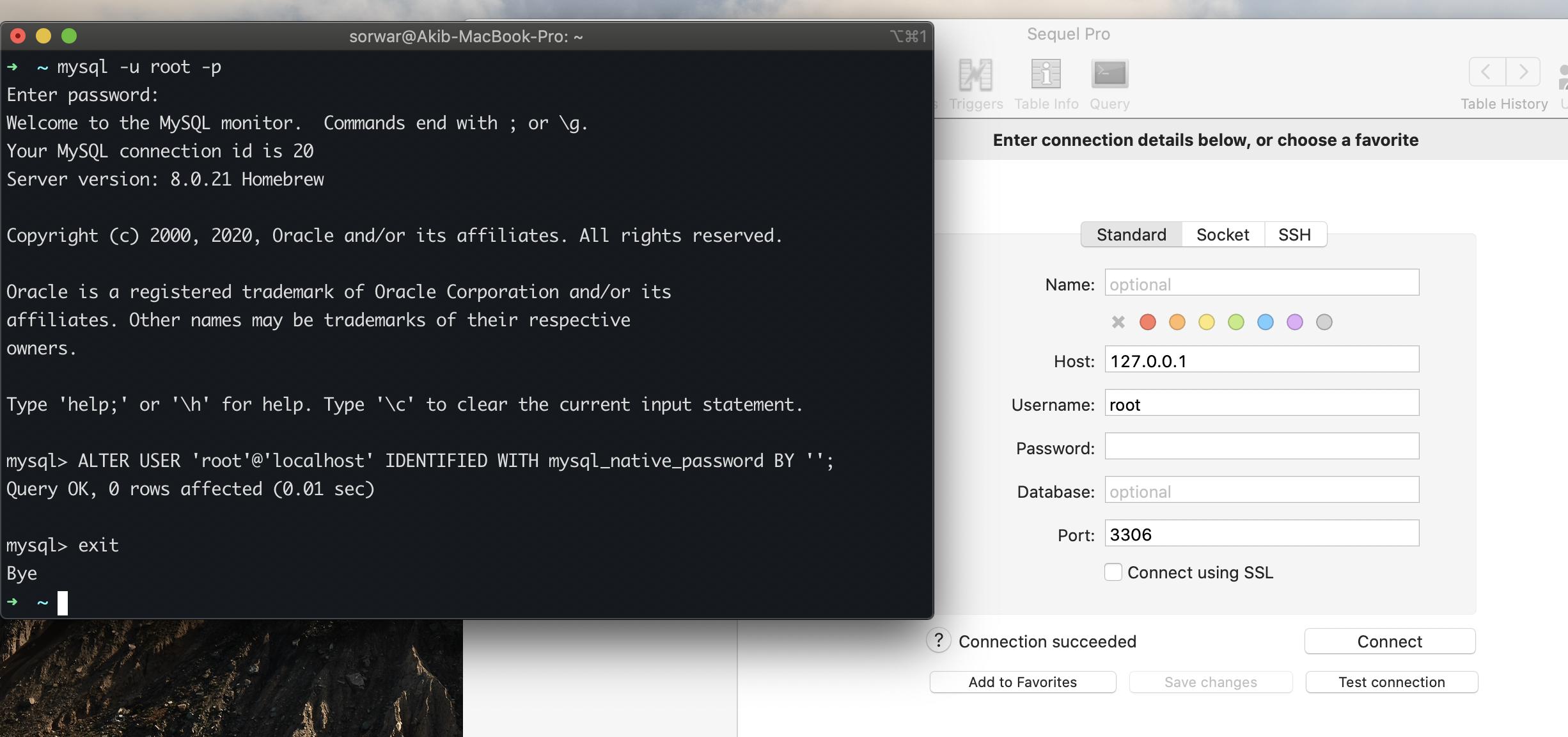TL;DR: Sequel Pro is dead since 2016. Don't downgrade your DB because of a tool. Move on to an alternative tool.
Update 2020: Sequel Pro is officially dead but unofficially alive! You can find the "nightly" builds that don't have this issue (i.e. support Mysql 8 auth) in here: https://sequelpro.com/test-builds
Update 2021: Sequel Ace is a good similar alive alternative: https://github.com/Sequel-Ace/Sequel-Ace#installation (Credits to Maciej Kwas's answer)
All the other solutions here are recommending changing your DB settings (making it less secure, as advertised by MySQL) for the tool you are using. That's not acceptable to me.
I have always been a huge fan of Sequel Pro, even donated to it. But, with all my passion and love, I am sorry if the tool doesn't have any release since 2016. YOLO, and I need to move on!
The alternative I found (from https://mcmap.net/q/56377/-authentication-plugin-39-caching_sha2_password-39-cannot-be-loaded, thanks to @arcseldon) is DBeaver which supports MySQL 8's new authentication (non-legacy) method.
PS. The only trick in the tool side, not the DB side is when you are creating a MySQL 8 connection you might need to go to "Driver Properties" (later can be found in Edit Connection) and turn the value of allowPublicKeyRetrieval to true.
I needed this to connect to my MySQL container created using Docker. To have the IP of MySQL be visible to the outside, for any other application in your ecosystem (not just this tool), you should either create a new user in MySQL, or pass -e MYSQL_ROOT_HOST=% in the run-time or as an ENV.


